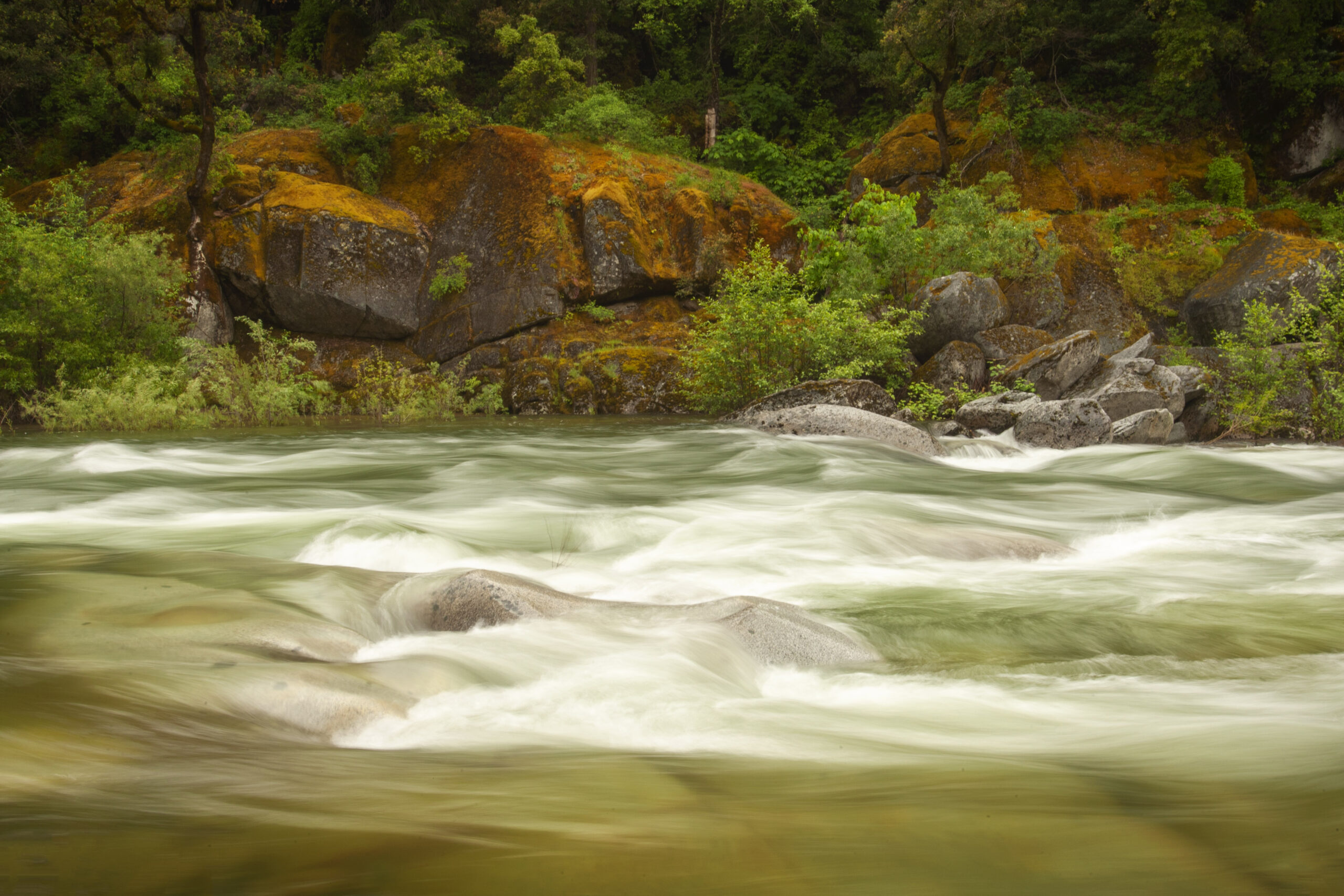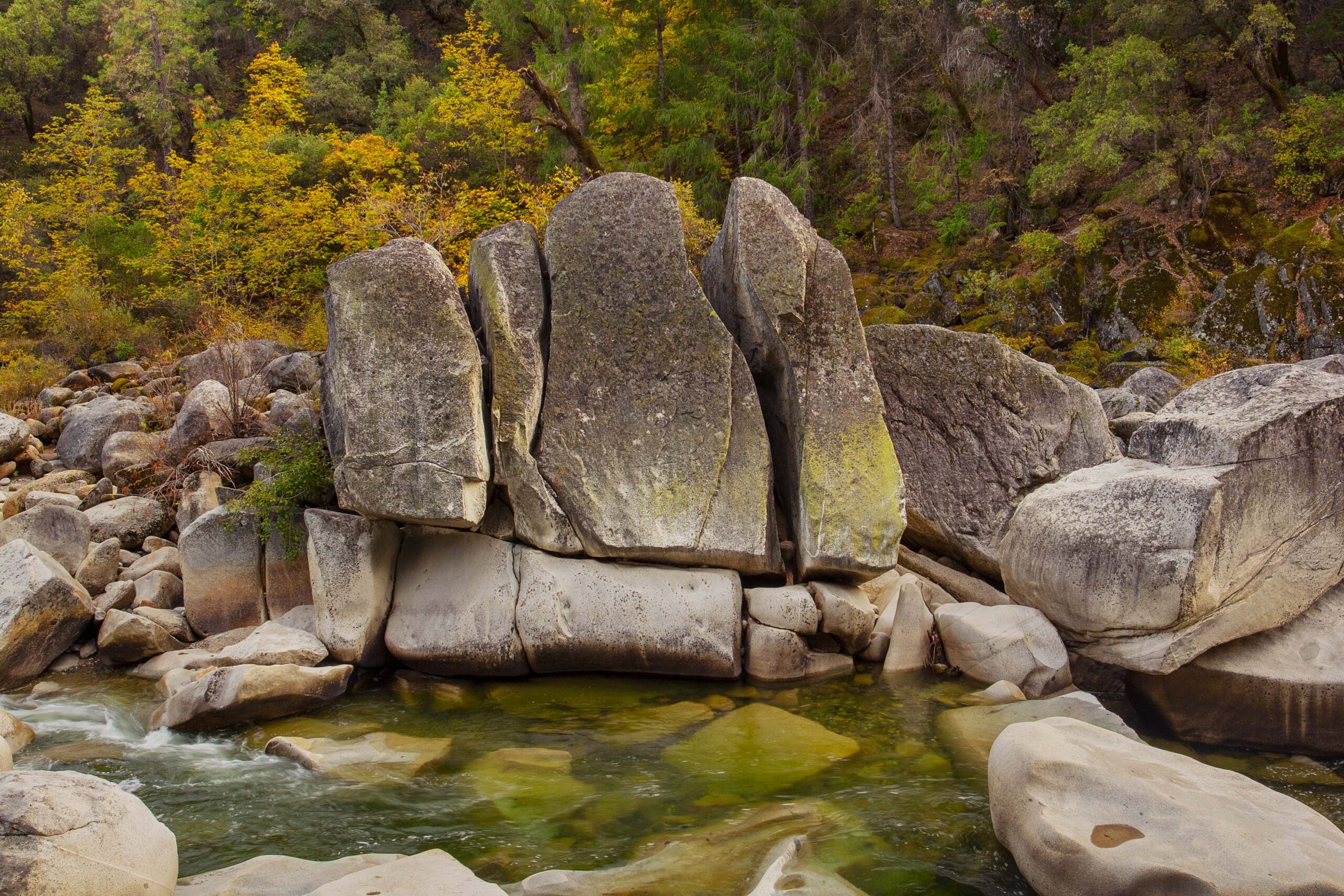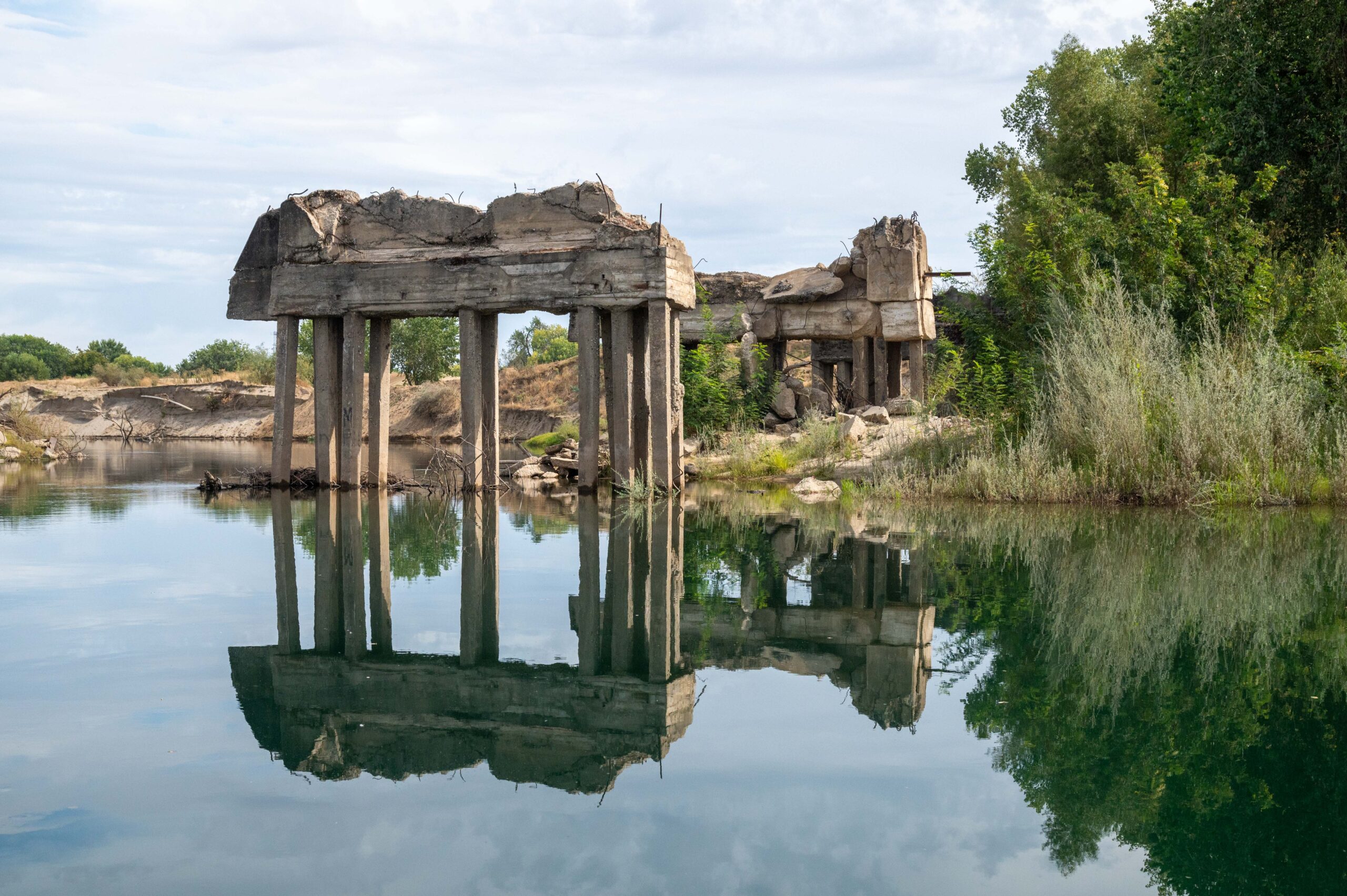
About The Yuba River Watershed
The Yuba River Watershed covers over 1,300 square miles of Northern California, encompassing a variety of habitats from the granite landscapes of the western Sierra Nevada Mountains to California’s Central Valley. With the three main tributaries of the North, Middle, and South Yuba Rivers, the watershed flows from Donner Pass until the river mainstem converges with the Feather River and sweeps onward to the Sacramento-San Joaquin River Delta. The broader region is the ancestral homelands of several indigenous peoples – the Nisenan, Maidu, Washoe, Konkow, and Miwok – and serves an important role for California’s wildlife, including many species of conservation concern. Importantly, the Yuba River is critical for steelhead and Chinook salmon, two species whose populations have declined drastically in recent history. The Yuba is renowned for its breathtaking scenery and recreational opportunities, and the South Fork is designated as a state Wild and Scenic River.

Despite its beauty, the Yuba is one of the most impacted watersheds in North America. During the California Gold Rush in the 19th century, huge numbers of settlers flocked to exploit the Yuba River for its minerals while perpetuating the genocide of the region’s Native Americans, who still have not recovered. In 1853, hydraulic mining – a devastating technique using water to wash away entire hillsides – was invented in the watershed, sending almost 700 million cubic yards of debris and toxic chemicals into the river downstream. In the valley, mining waste raised the riverbed up to 100 feet in some places, flooding agricultural farms and decimating wildlife populations, particularly key watershed species like salmon and steelhead. On top of this, the Yuba’s numerous dams, which serve as important generators of hydropower, have significantly impeded the river’s migratory fish species from reaching up to 80% of their historic spawning grounds. In recent decades, the watershed – like much of California – has been ravaged by wildfires and heavily impacted by climate change. Despite the resilience and beauty of the Yuba River today, the wild spaces in its watershed represent only a fraction of what they have been historically.

Today, efforts are being made to restore the Yuba Watershed and bring balance to the landscape. These restoration efforts are largely meant to ensure access to clean water, re-establish functional ecosystems, and bring back species that were once abundant while balancing additional services that the river provides. In addition, the Yuba’s conservation is tied to the restoration of the landscape’s indigenous communities – in particular, the recovery of the Nisenan Tribe. The Yuba Project aims to support the watershed’s conservation, from its headwaters in the Sierra Nevada to where it flows into the Delta, and the many organizations and groups working to protect this Wild and Scenic landscape.